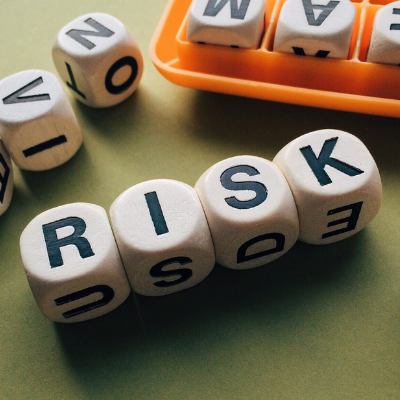Best practice
In this best practices in health and safety article, we consider the question what does health and safety compliance really mean?
When you hear the word compliance, what springs to mind?
Do you think of things you have to do but would rather not, or do you think of the benefits that could be reaped for your organisation?
In simple terms, compliance is the process of following rules, regulations, and laws that relate (in this instance) to health and safety laws.
All organisations must have some level of compliance to operate effectively and keep everyone safe. However, compliance does more than that. It also ensures that business operations can continue running smoothly because everyone follows procedures and understands health and safety expectations.

Different requirements
Of course, in some industries, the rules and regulations are stricter because of the nature of the industry. For example, where there are dangerous substances and health care, there will be a greater level of risk awareness. However, regardless of industry, every organisation has a duty of care towards its employees and other visitors.
Compliance does not stop at rules and regulations. Everyone has a role in understanding, maintaining, and taking responsibility for compliance.
If these are not followed, the organisation can face fines and risk prosecution.
What is important is that all organisations do not view compliance as a box-ticking exercise because what is needed for compliance goes beyond a tick. It is connecting your organisation’s values to safety.
Naturally, changing laws and regulations make it difficult to stay abreast of what is required. This is why Ligtas regularly runs webinars and briefings and has articles like this in the health and safety best practices series.
Where does compliance start?
This starts with the organisational leaders who take ownership of health and safety and spread that through the organisation. Countless authors tell us that leaders have to be great role models, and this is especially true when keeping people safe.
Self-Evaluation: Assessing Your Compliance
Organisations need to assess their adherence to established standards and regulations regularly. Here are a few key questions you can use to reflect on your current practices:
- Are our health and safety policies up to date with current laws?
- How regularly do we conduct health and safety training for our employees?
- Do we have a system in place for reporting and addressing health and safety concerns?
- How do we know we are compliant?
- How can we prove that we are compliant?
What are the benefits?
As you have read, the negative side is the risk of fines, but what of the benefits?

Compliance keeps organisations on the right side of the law
Not being aware of the law is never an excuse. Compliance demonstrates to regulators that the company is trying to do the right thing. Doing the right thing and showing that you have followed the laws and regulations should, if you have interpreted something incorrectly, lead to shorter investigations, smaller fines (or no fines at all), and fewer company resources spent responding to regulators’ enquiries.
Reduces risk
Reducing risk can only be a good thing. It will save you time and money having to put things right and rebuild your reputation.
Compliance can help protect an organisation's brand and reputation
You never get a second chance to make a first impression…
Social media brings a kind of visibility that some might find uncomfortable. Make one mistake, and you can guarantee it will be splashed all over Twitter and LinkedIn. Knowing that at the press of a button, you could suffer the brutal consequences of disgruntled customers or the fallout of a terrible accident should keep you on your toes.
It’s far better to read glowing testimonials, receive bigger contracts and attract the right fit employees because of your health and safety culture and record.
Provide you with positive PR
Allied with building your brand and reputation, an organisation that consistently shows up as having a good health and safety track record has a great story to tell.
Improves your competitive advantage
An organisation that does more than tick boxes and really cares about health and safety will make fewer mistakes, which will save valuable resources to fix those mistakes. Instead, they will be ahead of the game, identifying risks earlier and responding promptly.
A compliant organisation where health and safety are part of the culture is very attractive to potential suppliers and investors. The more you can show that you are ethical and compliant, the less of a risk you are to others.
Being compliant, not just ticking boxes and caring about health and safety, will provide you with a powerful competitive advantage.

Builds trust
Complying with the relevant laws and going beyond that shows your customers, employees and visitors that you care about keeping them safe.
You already know that fines and prosecution will damage your reputation, which can take a while to rebuild. Whereas an organisation with a consistent record shows that they are trustworthy.
Improves employee engagement
At Ligtas, we want to be an employer of choice who attracts the right-fit employees. Therefore, we positively share our ethos and culture so that our employees enjoy coming to work and knowing that they are safe.
However, employees in any organisation can present a challenge. For example, an unexpected accident or breach of the rules could happen. As you improve your health and safety culture and bring your workforce in on what is required, they will become more involved and invested in the process.
The best way to avoid any risks for your organisation is to complete regular audits and risk assessments.
Remember to always ask the question, although we say we are compliant, are we really safe?






